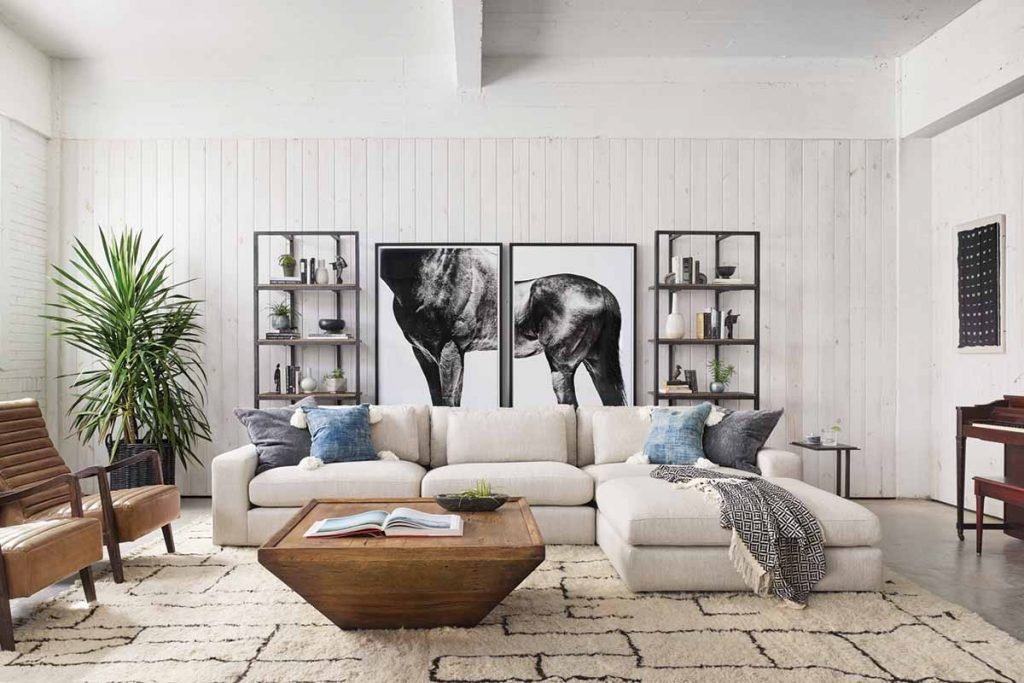In an increasingly interconnected world, the concept of home interior design has transcended traditional boundaries to embrace diverse influences from across the globe. The fusion of cultures in interior design represents an exciting and ever-evolving trend, where homeowners draw inspiration from their travels to create unique, harmonious, and culturally rich living spaces. Let’s delves into this captivating world of interior design inspired by global travels, exploring how it brings together different cultural elements to create a vibrant and distinctive aesthetic.

The Global Traveler’s Influence
The 21st century has witnessed a significant rise in global travel, allowing individuals to explore and experience a plethora of cultures, traditions, and design styles. As travellers immerse themselves in foreign landscapes, they often return home not only with memories but also with a newfound appreciation for the art, architecture, and aesthetics they encountered along the way. This infusion of cultural experiences into interior design is a reflection of a more open and cosmopolitan world.

Eclectic Design Aesthetics
One of the key features of interiors inspired by global travels is their eclecticism. Rather than adhering to a single design style, these spaces seamlessly blend elements from various cultures. For example, a home may feature Moroccan-inspired tiles, Indian textiles, and Japanese minimalist furniture—all coexisting harmoniously. The eclectic nature of such interiors allows homeowners to express their individuality and curate spaces that resonate with their journeys.

Materials and Textures
Materials play a vital role in the fusion of cultures within interior design. Homeowners often incorporate exotic materials sourced from their travels, such as reclaimed wood from Southeast Asian markets or handmade ceramics from European artisans. These materials not only add authenticity to the design but also tell a story of the places they come from. The juxtaposition of textures, from the smoothness of silk to the roughness of rustic woods, creates a sensory-rich environment that engages both sight and touch.
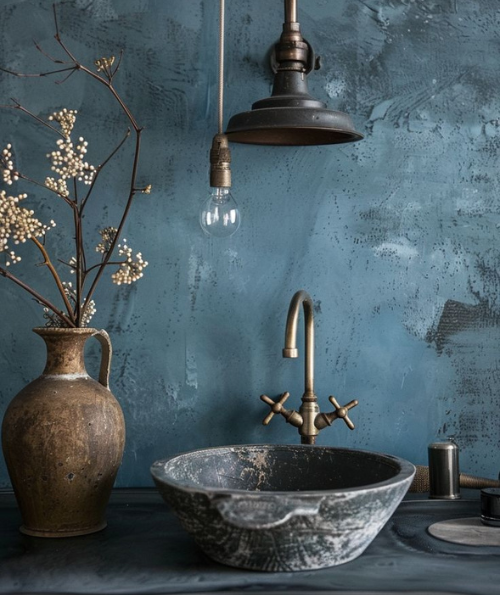
Color Palettes
Colour is a universal language in interior design, and travellers often bring home vibrant palettes inspired by the destinations they visit. From the earthy tones of the Moroccan desert to the lush greens of Southeast Asian jungles, these colour schemes infuse life and energy into living spaces. The strategic use of colour can transport inhabitants to far-off lands without leaving the comfort of their homes, evoking memories of past adventures.
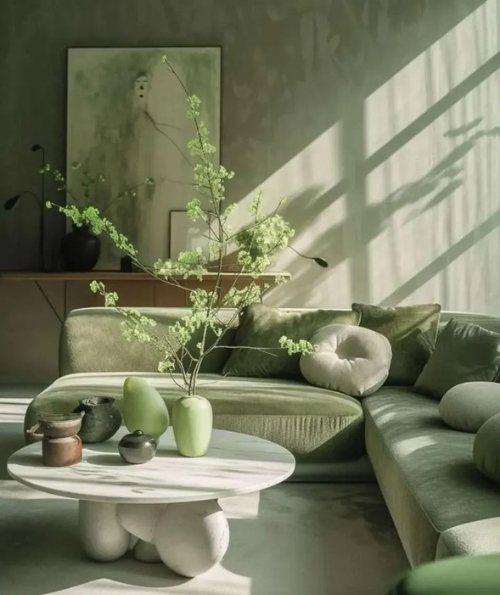
Furniture and Artifacts
Furniture and artefacts collected during travels are prized possessions that find their place in global-inspired interiors. These pieces often serve as focal points, carrying the essence of the cultures they represent. For instance, a hand-carved Balinese teakwood table or a vintage Turkish rug can transform a room, adding character and depth. Moreover, these pieces are not just decorative; they serve as tangible reminders of the experiences and stories behind their acquisition.
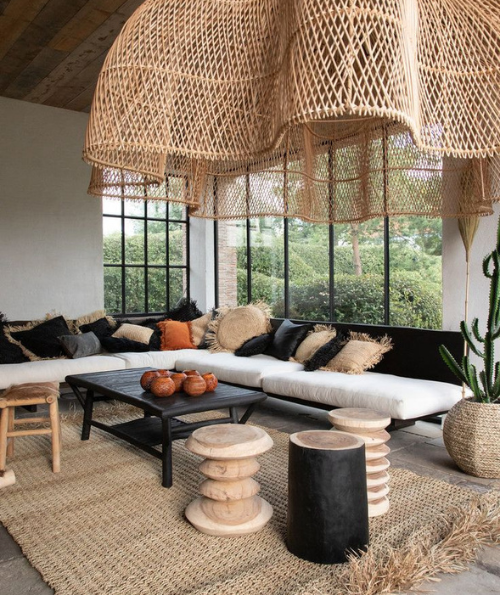
Cultural Sensitivity
While the fusion of cultures in interior design is an exciting trend, it is essential to approach it with cultural sensitivity and respect. Borrowing elements from different cultures should be done with an understanding of their significance and meaning. It is not about cultural appropriation but rather about celebrating diversity and fostering cross-cultural appreciation. Designers and homeowners must do their due diligence to ensure that their choices are culturally respectful and informed.

The Future of Global-Inspired Interiors
As global travel continues to shape our experiences and perspectives, the trend of fusion in interior design is likely to grow. The emergence of e-commerce and global marketplaces makes it easier for individuals to source authentic and unique pieces from around the world. Additionally, interior designers are increasingly incorporating sustainable and ethical practices into their projects, emphasizing the importance of responsible sourcing and fair trade.

Sustainable Practices
Sustainability is becoming increasingly important in interior design, even within the context of global-inspired interiors. Homeowners are seeking environmentally friendly materials and practices that not only honour the cultures they draw inspiration from but also respect the planet. This has led to a greater emphasis on upcycling, repurposing, and using renewable resources in interior design projects. For instance, reclaimed wood from old buildings in India can find new life as a dining table, reducing the demand for virgin timber.
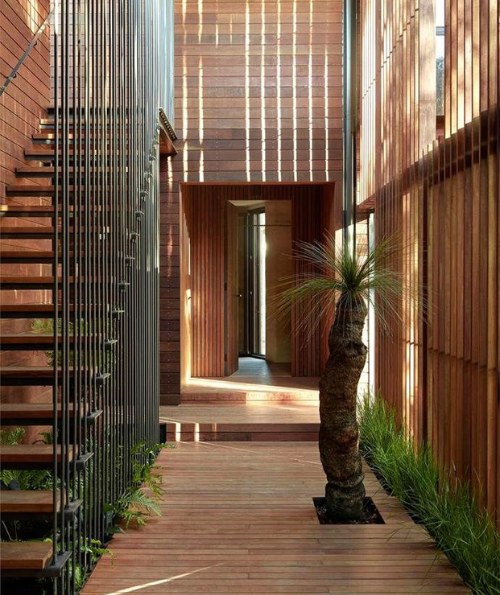
Inclusivity and Representation
Another aspect of the evolving trend in global-inspired interiors is the emphasis on inclusivity and representation. Interior designers are recognizing the importance of showcasing a wide range of cultural influences and traditions. This means going beyond the most well-known or mainstream elements of a culture and exploring the diversity within it. For example, instead of solely focusing on popular Japanese design elements like bonsai trees and shoji screens, designers may delve deeper into the rich tapestry of Japanese art, folklore, and regional aesthetics.

The fusion of cultures in interior design is a trend that reflects the ever-expanding horizons of our world. It allows homeowners to transform their living spaces into personal galleries of cultural exploration, where each element tells a story and carries the spirit of distant lands. Through the strategic use of materials, textures, colours, furniture, and artefacts, global-inspired interiors offer a rich sensory experience that transcends geographic boundaries.
As we continue to explore the world, our homes become canvases for the diverse cultures we encounter. The fusion of cultures in interior design is a celebration of global interconnectedness, a testament to the power of design to bring people together, and a reminder that the beauty of the world can be woven into the very fabric of our daily lives. It is a trend that not only reflects our shared humanity but also celebrates the uniqueness of every culture, making our homes vibrant, welcoming, and truly global.

